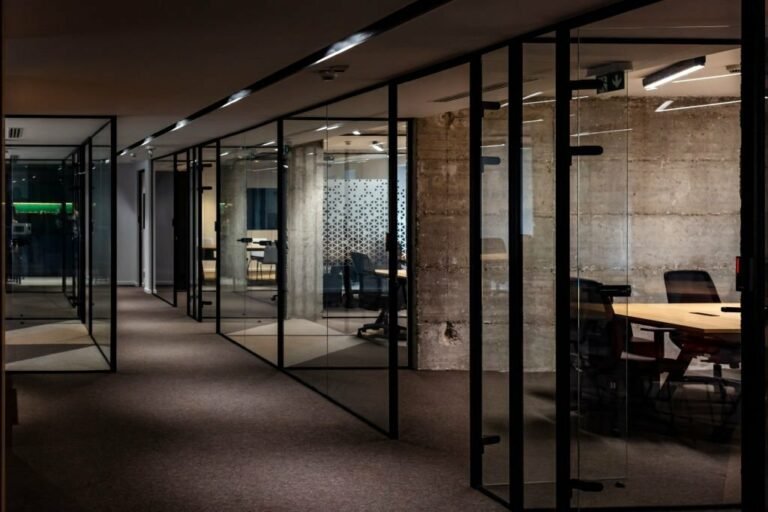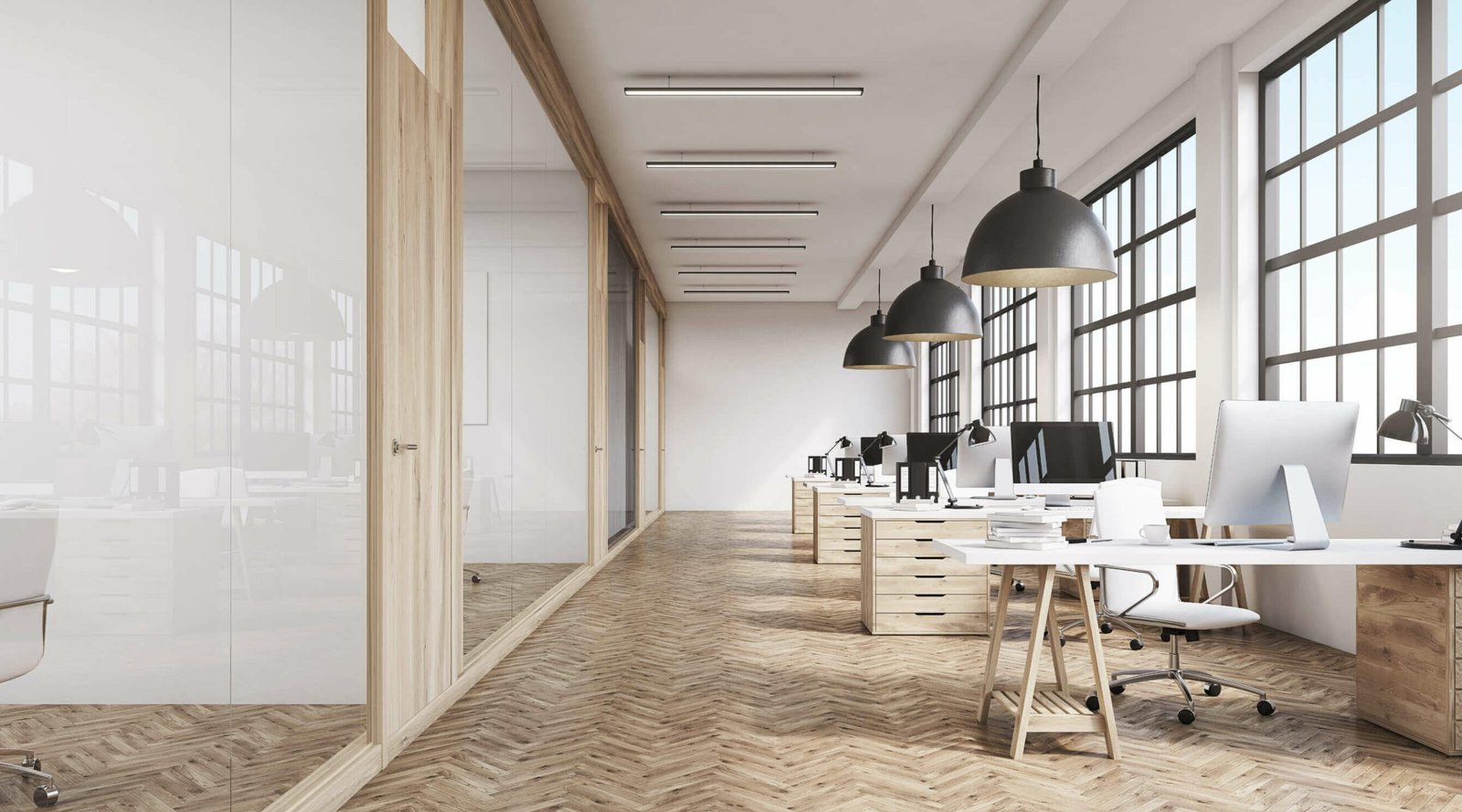
Movable Glass Partitions: Enhancing Flexibility and Aesthetics in Interior Design
In contemporary architectural design, movable glass partitions have emerged as versatile solutions that offer both functionality and aesthetic appeal. These partitions, also known as movable glass walls or operable glass panels, provide numerous benefits in commercial, residential, and institutional settings, contributing to enhanced spatial flexibility, natural light diffusion, and visual connectivity. Below, we delve into the features, advantages, and applications of movable glass partitions, highlighting their significance in modern interior design.
Features and Construction
Movable glass partitions typically consist of individual glass panels mounted within a frame or track system, allowing for effortless sliding, folding, or stacking movement. The panels may be frameless or framed, with options for various glass types, including clear, frosted, tinted, or decorative glass. The frameless design enhances the transparency and aesthetic appeal of the partitions, creating a seamless visual integration with the surrounding space. Additionally, movable glass partitions may incorporate soundproofing or acoustic properties to enhance privacy and reduce noise transmission between spaces.
Advantages of Movable Glass Partitions
Spatial Flexibility
Movable glass partitions enable the creation of flexible, adaptable interior spaces that can be easily reconfigured to meet changing needs and preferences. By partitioning large areas into smaller zones or opening up space for collaborative environments, these partitions facilitate dynamic spatial arrangements that support diverse activities and functions.
Natural Light Enhancement
The transparency of glass partitions allows natural light to penetrate deep into interior spaces, creating brighter, more inviting environments. By maximizing daylighting opportunities, movable glass partitions contribute to energy efficiency, reduced reliance on artificial lighting, and improved occupant well-being and productivity.
Visual Connectivity
Movable glass partitions promote visual connectivity and openness between adjacent spaces, fostering a sense of unity and coherence throughout the interior environment. By maintaining sightlines and preserving visual connections, these partitions enhance communication, collaboration, and spatial awareness among occupants.
Aesthetic Versatility
With a wide range of design options and customization possibilities, movable glass partitions offer versatility in aesthetic expression, enabling designers to achieve desired visual effects and architectural statements. Whether used in minimalist, contemporary, or traditional interiors, these partitions add a touch of elegance and sophistication while complementing various design styles and motifs.
Applications in Interior Design
Movable glass partitions find applications across diverse interior environments, including
Office Spaces
Creating flexible workspaces, meeting rooms, and collaboration areas.
Residential Interiors
Partitioning living areas, home offices, and multipurpose rooms to optimize space utilization and enhance living comfort.
Commercial Settings
Dividing retail stores, restaurants, and hospitality venues while maintaining visibility and openness.
Educational Facilities
Configuring classrooms, lecture halls, and study areas to accommodate different teaching and learning modalities.
Movable glass partitions represent a versatile and stylish solution for enhancing spatial flexibility, natural light diffusion, and visual connectivity in interior design. With their myriad features, advantages, and applications, these partitions offer architects, designers, and occupants the freedom to create dynamic, adaptable environments that promote collaboration, productivity, and well-being. As the demand for flexible and customizable interior solutions continues to grow, movable glass partitions are poised to play an increasingly integral role in shaping the built environment of the future.

